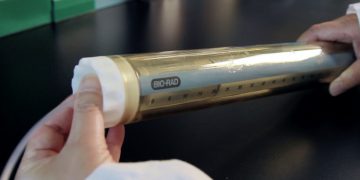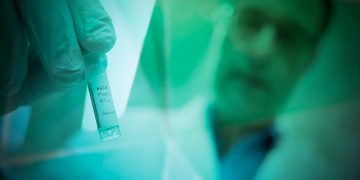
Discover the Technology behind Bio-Rad’s Custom Recombinant Antibodies
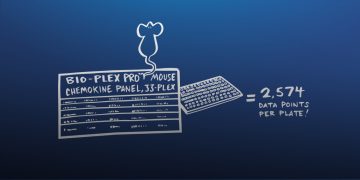
Get More Answers from Your Mouse with the Bio-Plex Pro™ Mouse Chemokine Panel
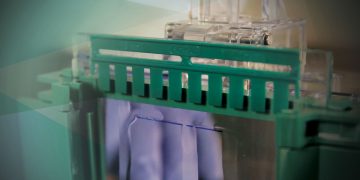
TGX Stain-Free™ FastCast™ Acrylamide Gel Casting
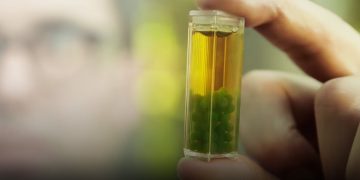
Introduction to Algae Beads, Photosynthesis, and Cellular Respiration

Meet the Brightest ECL Substrate Around — Clarity Max™ Western ECL Substrate

Coupling Automated Chromatography with Faster Confirmation of Purity and Yield
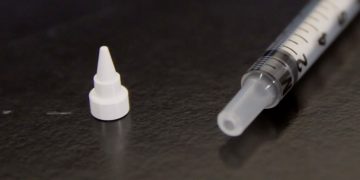
Cleaning the Nozzle Tip on the S3e™ Cell Sorter
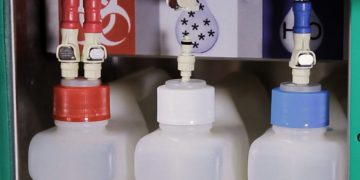
Performing a Fluidics Hot Swap on the S3e™ Cell Sorter
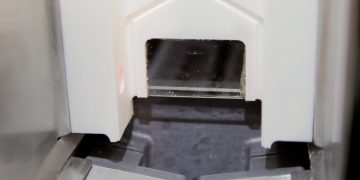
Cleaning the Streams Camera Window on the S3e™ Cell Sorter
